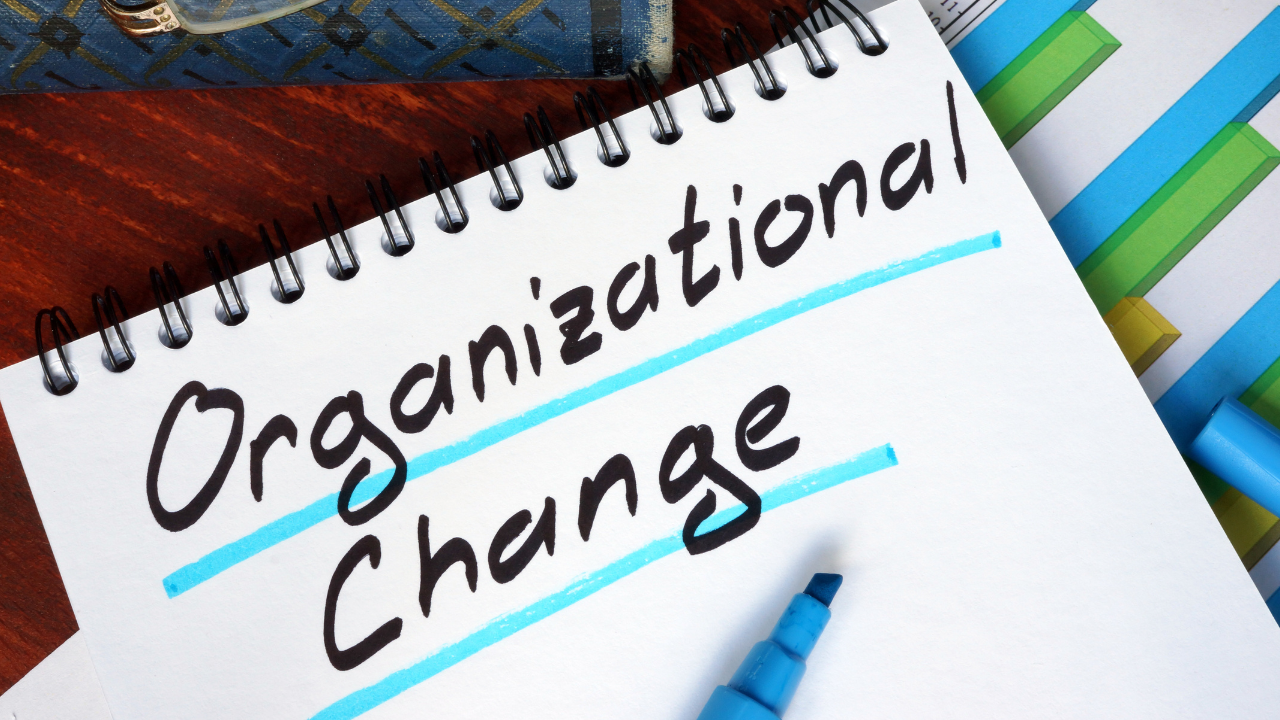Have you ever wondered where successful change managers find their inspiration for creating meaningful and lasting transformations? Change is a complex journey, and each change manager has their own unique sources of inspiration, even when they follow similar methodologies.
One exceptional example of innovative change approaches comes from Dr. Lynn Kelly, a prominent figure in the world of change management. Drawing on her experience as a former vice president of supply chain and continuous improvement at Union Pacific Railroad, Dr. Kelly found inspiration in an unexpected place: the writings of the Italian philosopher Machiavelli.
When Dr. Kelly read Machiavelli’s assertion that change is essential for success, she was struck by a new perspective. She developed a method of creating lasting change by reinterpreting Machiavellian philosophy through the lens of change management principles, shifting the focus towards constructive transformation rather than conflict.
In a world where the average employee experiences multiple enterprise changes within a year, leading to change fatigue, Dr. Kelly’s innovative approach offers a ray of hope. By embracing new strategies like hers, organizations can reduce fatigue and increase the success of their change initiatives.
The Essence of Lasting Organizational Change
What does lasting organizational change truly mean? It goes beyond surface-level shifts and delves into human-centric transformations that stick. From adopting new technologies to refocusing on revenue and innovation, lasting change is a strategic evolution that requires careful planning and execution.
Creating strategies that support lasting changes not only saves resources and reduces frustration but also fosters a culture of resilience among employees, preparing them for future transformations.
Sustaining Lasting Organizational Change: A Blueprint
Ensuring the sustainability of lasting organizational change is a multifaceted process that demands attention to detail and a deep understanding of the human element within change. Let’s explore some key pillars of sustaining lasting change:
Defining Purpose
“Employees deserve to know their purpose within change.” – Dr. Lynn Kelly, LeadChange™ 2023
Defining the purpose of change is the first step towards aligning all stakeholders towards a common goal. By crafting a purpose statement that resonates with everyone involved, you set the stage for a successful and meaningful transformation.
Understanding the situational problem at hand and articulating a clear purpose statement is essential for effective change management. Ensuring alignment across different levels of the organization is key to driving lasting change.
Just as a child’s curiosity drives them to ask “why” countless times a day, employees too seek meaning and purpose in their work. By communicating the purpose behind change initiatives, leaders empower their teams to embrace change and become champions of lasting organizational transformation.
Leveraging Multi-Level Communication Skills
“Poor communication is often the first or second reason change initiatives fail.” – Dr. Lynn Kelly, LeadChange™ 2023
Effective communication is the lifeblood of successful change initiatives. Whether it’s crafting a compelling vision statement or delivering key messages consistently, communication plays a pivotal role in driving change.
From tailoring messages to different audiences to adapting to evolving workplace trends like remote work, effective communication ensures that every stakeholder is informed and engaged throughout the change process.
By prioritizing communication and aligning messaging with the overarching vision of change, leaders can create a sense of shared purpose and direction among employees, paving the way for lasting transformation.
Investing in Training
“Capability building is bigger than training.” – Dr. Lynn Kelly, LeadChange™ 2023
While training is essential, true capability building goes beyond mere instruction. It involves equipping employees with the tools, resources, and support they need to navigate new challenges and responsibilities during change.
During change implementations, leaders must address employees’ concerns about handling additional tasks and resources effectively. By investing in training and providing ongoing support, organizations can ensure a smooth transition and successful adoption of new initiatives.
Building capabilities within the workforce not only enhances individual performance but also strengthens the organization’s overall resilience and adaptability in the face of change.
Experimenting with Pilot Programs
“Target change agents to experiment and try things out.” – Dr. Lynn Kelly, LeadChange™ 2023
Embracing a culture of experimentation and innovation is crucial for driving lasting change. By empowering change agents to pilot new ideas and test innovative approaches, organizations can identify what works best and scale successful initiatives effectively.
Celebrating and showcasing these pilot successes can inspire the broader workforce to embrace change and explore new possibilities. By recognizing and rewarding experimentation, organizations foster a culture of continuous improvement and learning, essential for sustained change.
Prioritizing Culture
“Culture permeates every aspect of change.” – Dr. Lynn Kelly, LeadChange™ 2023
Understanding and leveraging organizational culture is key to driving lasting change. By aligning change initiatives with the existing cultural norms and values of the organization, leaders can ensure smoother transitions and greater acceptance of change.
Recognizing the influence of culture on change processes, leaders can proactively address cultural risks and capitalize on existing cultural strengths to support the change journey. While changing culture is a gradual process, aligning change strategies with the organization’s cultural context can accelerate the pace of transformation.
Measuring Success
“Don’t use early indicator measurement tools forever.” – Dr. Lynn Kelly, LeadChange™ 2023
Measuring success is essential for tracking progress and evaluating the impact of change initiatives. By defining specific metrics and utilizing early indicators, organizations can gauge the effectiveness of their change efforts and make informed decisions to course-correct if needed.
Progress checks and regular feedback loops can help leaders identify issues early on and address them proactively to ensure the success of change initiatives. By adapting success metrics to the evolving phases of change, organizations can stay agile and responsive to changing circumstances.
Unleash Your Creative Inspiration for Lasting Change
As change managers, seeking inspiration from unconventional sources can spark new ideas and drive lasting transformations. By exploring diverse fields and unconventional perspectives, you can uncover innovative solutions that revolutionize your approach to change management.
Just as Peter Senge drew inspiration from biology and ecology for his theories on organizational systems, you too can find inspiration in unexpected places. Embracing unconventional changes requires unconventional solutions, and by tapping into creative sources of inspiration, you can pave the way for lasting change.
If you’re eager to dive deeper into the world of change management and glean valuable insights from change leaders, don’t miss out on the upcoming LeadChange 2024 event. Join us on November 6th, 13th, and 20th, 2024, for live lessons and transformative experiences.



